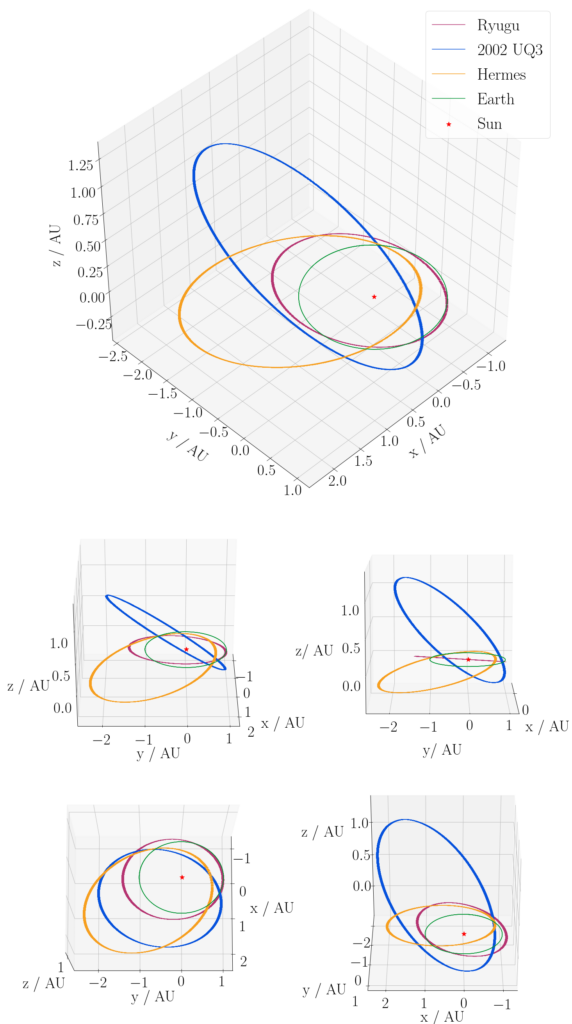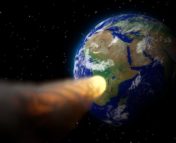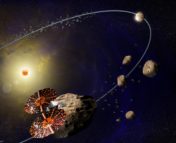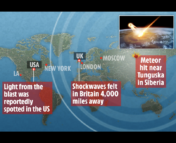The Undergraduate Research series is where we feature the research that you’re doing. If you are an undergraduate that took part in an REU or similar astro research project and would like to share this on Astrobites, please check out our submission page for more details. We would also love to hear about your more general research experience!
Leah Bigwood
Durham University
Leah Bigwood is a fourth year undergraduate Physics and Astronomy student studying at Durham University in the UK. This research was carried out as part of the Level 3 Advanced laboratory module, supervised by Professor Mark Swinbank.
Near Earth asteroids (NEAs) are asteroids with orbits in close proximity to Earth, conventionally defined as having a perihelion distance less than 1.3 AU. The interval between Earth impacts by NEAs is predicted to be at least 10,000 years; significantly greater than the time interval between natural disasters that cause a similar level of regional damage. However, the international endorsement of the Alvarez hypothesis in 2010 stated that a hugely destructive NEA impact has happened before. The hypothesis states that a massive asteroid, with an estimated diameter of 10 km, caused the Cretaceous–Paleogene mass extinction which resulted in the eradication of numerous animal groups, most notably the non-avian dinosaurs. Therefore, despite impacts being less likely compared to natural disasters, NEA collisions have more significant consequences– shared only by nuclear war – in the potential breakdown of civilisation.
For my research project, I assessed the risk of three potentially hazardous NEAs. During the autumn of 2020, we observed the targets Ryugu, 2002 UQ3 and Hermes several times a week using the AstroLab telescopes at Durham University to track their equatorial coordinates. I then determined the best-fit Keplerian orbit for each target using the software ‘Find_Orb‘. This allowed us to generate their positions with respect to Earth until 26th March 2121.

Defining a close approach as a target coming within 0.05 AU of Earth, I predict that only Ryugu will fulfil this criteria. Ryugu will make a close approach between 24th November 2081 and 24th December 2081, reaching a minimum distance from Earth of 0.018 ± 0.001 AU on 9th December 2081 – approximately seven times the Earth-Moon distance. We define a safe close approach distance as distances greater than the Earth’s radius, though this neglects effects which can perturb the orbit, such as the Yarkovsky effect. From this, we conclude that alongside Hermes and 2002 UQ3, Ryugu poses no risk of impacting Earth in the next 100 years and no mitigation plans are currently required.
Astrobite edited by: Emma Foxell
Featured image credit: JAXA, University of Tokyo, Kochi University, Rikkyo University, Nagoya University, Chiba Institute of Technology, Meiji University, University of Aizu and AIST.




